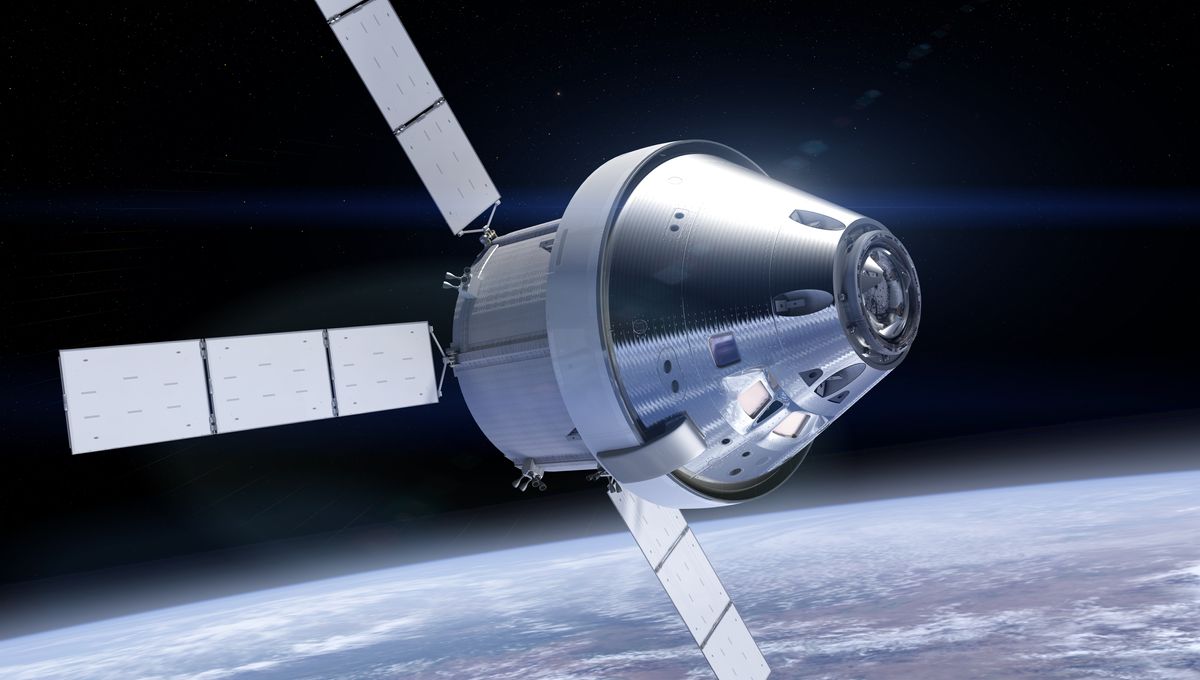
It’s official: next year won’t see the return of humans to deep space, and 2026 will not be the year when humans are back on the lunar surface. The delays are not wholly unexpected, but NASA confirmed them in a press conference yesterday. The Artemis II mission is now expected to launch no earlier than April 2026 and the next Moon landing is currently expected in mid-2027.
Artemis II, which was previously set for September 2025, will see NASA astronauts Reid Wiseman, Victor Glover, record-breaking Christina Koch, and Canadian astronaut Jeremy Hansen flying around the Moon. It will not just be a historic first revisit to our satellite since 1972, but also the furthest humans have traveled in over 50 years. Koch and Glover will also be the first woman and person of color, respectively, to ever travel to deep space. So, why the delays?
The Heat Shield Issue Rear Its Ugly Head Again
Artemis I flew on a similar trajectory that Artemis II will back in November 2022 but it was uncrewed. It was launched to test NASA’s Space Launch System (SLS) – its massive rocket, whose future is also looking unsettled – as well as the Orion capsule that will carry the crew. The tests were crucial to test the safety of astronauts traveling through Earth’s atmosphere and from one of those tests an issue with Orion became clear: the heatshield did not perform as it should have. It became necessary to postpone the mission from its original 2024 launch date to September 2025. The issue is now pushing it even further, with a new date of no earlier than April 2026.
“Space is demanding,” NASA administrator Bill Nelson said during the press conference that took place on December 5, when the delays were announced. The additional months would give the mission team the “time to make sure that the Orion capsule is ready to safely deliver our astronauts to deep space and back to Earth.”
The heat shield of the Orion capsule experiences temperatures over 2,750°C (5,000°F) as it breaks through the atmosphere at a speed of about 40,000 kilometers (25,000 miles) per hour. The shield needs to be flawless but after its successful launch and return to Earth, the team studying the capsule found erosion and that bits had even broken off.
Orion flew in with a trajectory never used before by a crewed capsule. It was possibly a bit too demanding on the craft. It has been determined that a different trajectory should keep the astronauts safe as it would limit the time spent by Orion in the heat of reentry. Despite having a solution, NASA wants to make sure that everything is set for the safety of the astronauts.
“Sometimes in space, delays are agonizing. Slowing down is agonizing, and it’s not what we like to do,” added astronaut Wiseman, who is Artemis II commander. “We really appreciate the willingness to take the risk to actually slow down and understand the root cause, determine the path forward [and] corrective action for Artemis II and Artemis III.”
What About Starship Delays?
Artemis III will see the return of humans on the surface of the Moon for the first time since Apollo 17 in 1972. A crew has not been announced yet, but it will include the first woman and person of color to walk on the Moon. Orion’s heat shield issue is not the only reason why people have been skeptical about its 2026 launch date, though. The mission has also been afflicted by delays.
A prototype for the spacesuits to be worn was finally unveiled in October after several delays. There is also the major aspect of the Moon landing vehicle. Artemis is not like Apollo; Orion doesn’t carry its own lunar landing craft. That will be provided for Artemis III and Artemis IV by Space X and then by Blue Origin. Here lies the crux.
SpaceX’s Starship is the lunar module that will deliver its lunar lander but it has not hit the ground running. The first several tests ended with explosions and the space vehicle has failed to demonstrate safe vertical landing on the ground (despite its awesome “mechazilla” catch) or relaunch capabilities. If those can’t be demonstrated consistently, NASA cannot approve it for use.
Another crucial test that has been planned for Starship in 2025 is refueling in space. The lunar landing Starship is going to stay around the Moon, so it needs to be refueled there. The test aims to demonstrate that this approach is also safe. We reached out to NASA and SpaceX for a comment on the test, but have yet to hear back from SpaceX.
“The large-scale, Starship-to-Starship, cryogenic propellant transfer is a critical capability necessary for the Starship human landing system mission for Artemis III and Artemis IV,” a NASA spokesperson told IFLScience.
“The propellant transfer test is part of a series of tests, along with detailed design reviews, that will provide NASA data and evidence to certify the lander. Following the propellant transfer demonstration, NASA will review the test results and certify lander systems prior to the crewed demonstration missions to ensure astronaut safety and mission success.”
Many have speculated that the Artemis III might be delayed even further. Several months ago, an analysis published by the Government Accountability Office suggested that the Moon landing mission might be pushed back until 2028, getting awfully close to the 60th anniversary of the original Moon landing.
Source Link: NASA Announces Return To Moon Missions Delayed – Here's What To Know